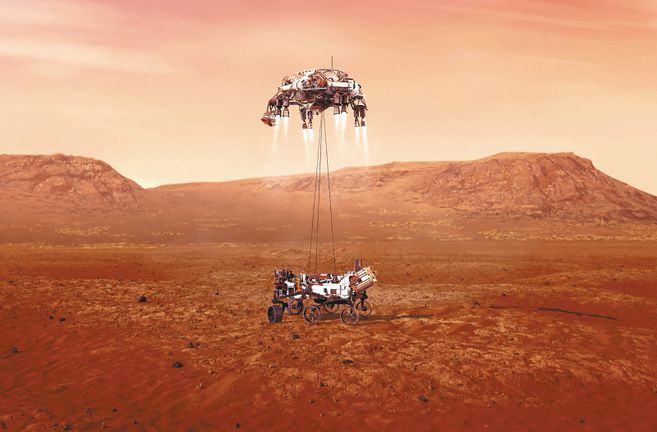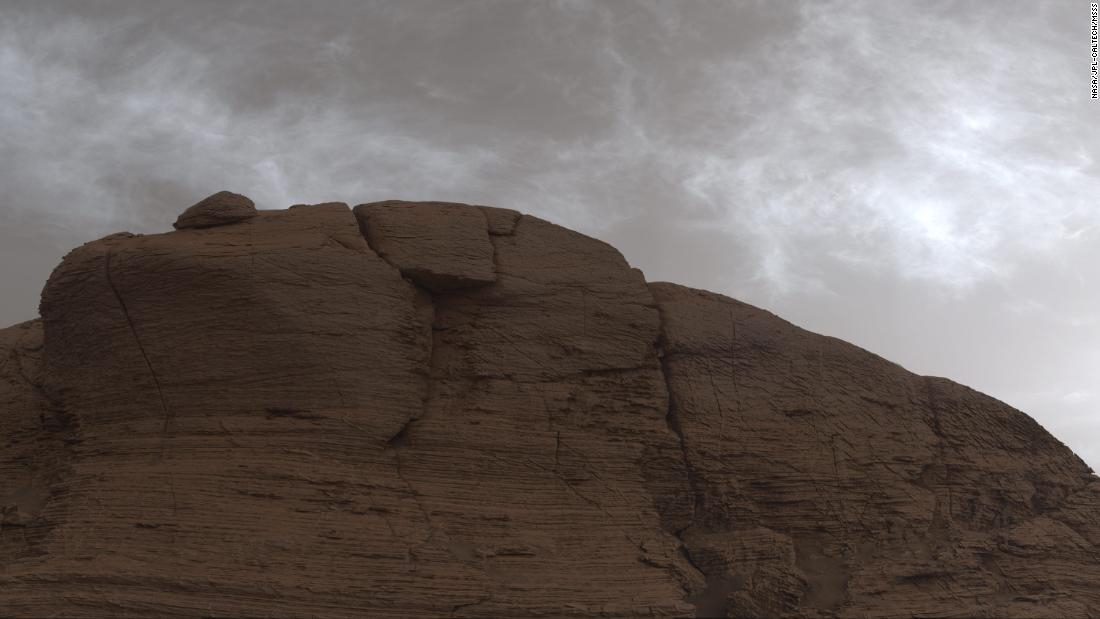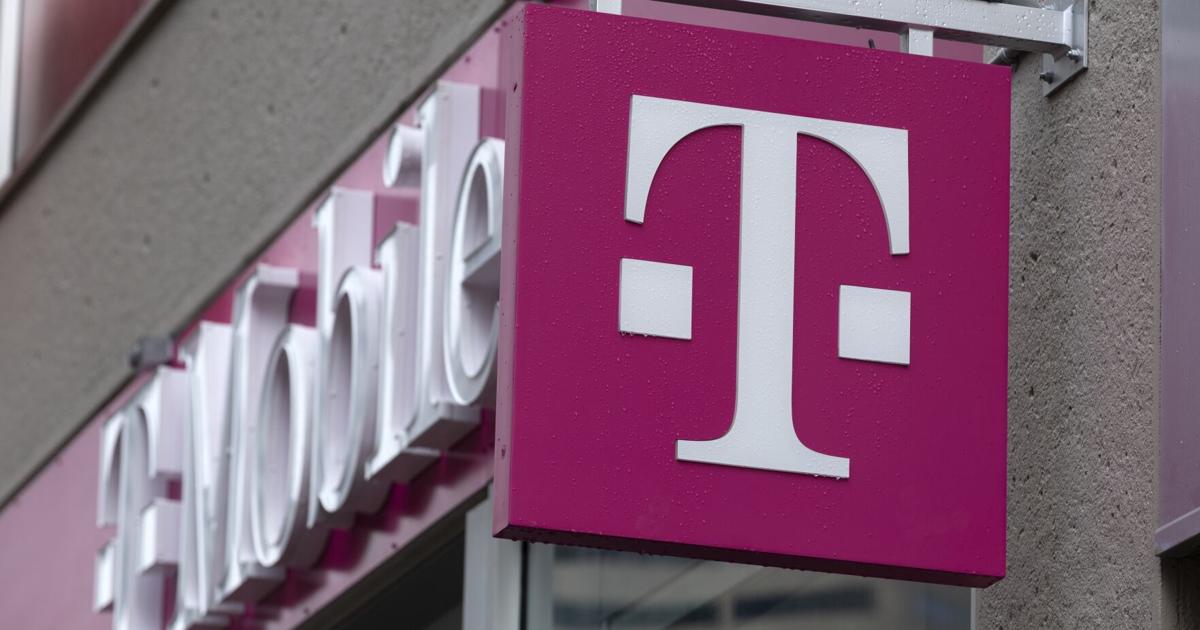NASA will return to the red planet. This time it will do so with technologies it has never used, and for the first time it will be broadcast in Spanish. The voice that guides the Spanish-speaking public will be the voice of empty space engineer Diana Trujillo.
“The universe is a big big place. If we were alone in it, it would be a waste of a lot of space. ” This is one of the most famous phrases of the American astronomer and scientist Carl Sagan, who inspired thousands of people around the world through his television show Cosmos.
Sagan not only inspired astronomers, astronomers or astronauts, but was also the creative driver for many filmmakers who brought stories about space travel and life to the big screen on other planets.
Although they may seem like distant worlds, science and art are fantasies that allow us, but companies like NASA are working on projects that bring these two worlds closer together.
This is the diligence of the rover that left Earth for Mars on July 30 last year with the aim of fulfilling the dream of scientists and artists: finding life on the red planet.
The mission to place the rover on a neighboring planet, called Mars 2020, will take place this Thursday, February 18, when a critical phase of its development will take place, with diligence landing on the surface and NASA not using its technology in previous missions to begin with a high-tech equipment.
The seven probe and sample collection equipment, including the helicopter that separates from the vehicle, will be some of the innovations the rover will have for its investigations.
In addition, Mars 2020 has more cameras than any planetary journey in the history of perseverance, and the remote drive vehicle will dock in an area called the Xerox Greater. The reason they chose this place is that about 3.5 billion years ago it was a river delta with rocks, sand dunes and rock fields that could preserve organic molecules and other potential signs of microbial life.
If that speculation is true, this is the first task to prove that there is life on other planets. In addition, the rover will try to obtain important data on the geography and climate of Mars, which will help scientists understand, if there are some similarities between the red planet and the earth, they were very different.
While it is expected to resolve many doubts on this trip, this Thursday’s landing and the resulting exploration is only the first phase of a trip, a return expected for the first time in history.
Diligently collecting fragments of rock cores and storing them at a dump site where a new voyage made by the American space agency will collect them, so they will be explored on Earth.
While NASA is optimistic about the landing results, it should be noted that attempts made by all the space agencies around the world to land on the surface of the neighboring planet are only 50% successful. Alive. That diligence did not achieve its goal.





